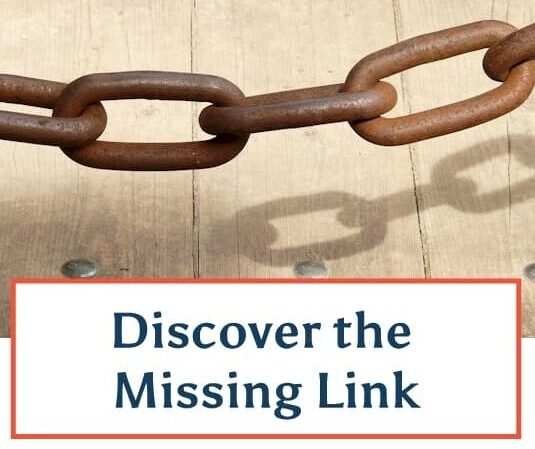Who are those people who attend your mastermind group, Q+A session, or class but never talk? Why do people on Facebook and LinkedIn never respond? And how do you get them talking? Back in the mid-90s when I first went online via CompuServe (remember those days??), we noticed that for every 10 people looking at the message forum, one person …
Lurker Alert: The Art of Audience, Student and Mastermind Group EngagementRead More






